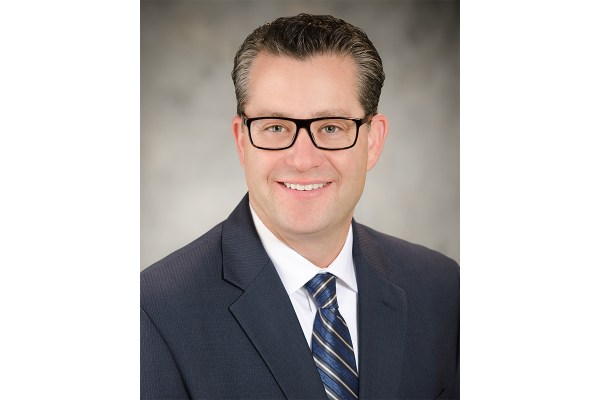
When I was a child, I remember lying in bed at night as my legs and joints ached. I vividly recall that my mother would give me an aspirin and assure me that these were just growing pains. The Merriam-Webster dictionary defines growing pains as pains in the legs of growing children having no demonstrable relation to growth. In those painful moments, I didn’t feel like I was getting taller or reaching new heights.
The alternative definition of growing pains refers to the problems that are experienced as something (such as a business or project) grows larger or more successful. Sound familiar? Nevada, and in particular Southern Nevada, has experienced significant growing pains, largely due to its relative success as the fastest growing metro area during the better part of the past century. That tremendous success has, at times, translated into some points of pain.
During the course of my professional career, I have been asked to evaluate economic, fiscal, and social well-being metrics of a business, an industry or a community as a whole. Oftentimes, those analyses included comparisons to other markets as a way of benchmarking where this community stands. Consider the great work to attract new and expanding businesses to the Silver State from organizations such as the Governor’s Office on Economic Development, the Las Vegas Global Economic Alliance or economic development professionals at local jurisdictions. They are constantly battling for the opportunity to demonstrate to businesses why Nevada is where they should be.
That battle can be challenging when detractors point to lower-than-average rankings in education, healthcare or economic diversification. It is true – there are areas where this community doesn’t perform as well as others. Importantly, state and local leaders appear squarely focused on meeting the challenges of the community by initiating reforms, finding ways to more efficiently allocate resources and taking the time to be more solutions driven.
Education: There have been challenges for an education system to keep pace with the demands of population growth. In response, Nevada has embarked on a multi-billion-dollar effort to increase education funding while focusing on overall accountability. At the same time, local school districts are investing in expanded and innovative programs and charter schools that have raised the bar while also allocating funding for apprenticeship programs that help close the gap on teacher shortages.
Healthcare: The ability to maintain a sufficient number of healthcare professionals to serve the expanding population creates challenges. The healthcare industry continues to benefit from past and present investments, including the Kirk Kerkorian School of Medicine at UNLV, that will lead to a greater pipeline of medical professionals. At the same time, Touro University continues to pump out the state’s largest class of medical school graduates each year, and Roseman University and the College of Southern Nevada are tackling shortfalls in nursing, medicine, pharmacy and other critical need areas.
Diversification: Riding the wave of consumer spending within the core tourism industry has been a blessing and, at times, a hurdle. However, the benefits of increased tourism infrastructure have diversified the industry with a broader array of experiences, including live events, entertainment, new culinary experiences and beyond. The community exceeded expectations with new investments in venues and events and its creative way of thinking about leisure and business attractions.
The growing pains of today are confirmation of our success as a community and the overwhelming positive opportunities that lie on the horizon. The ability to continue the evolution as a competitive world-class city is apparent and should be celebrated. I cannot wait to see the grown-up version of Las Vegas.


